Here we are, July 2020, and the term “hybrid meetings” has probably been thrown around just as much as “new normal”, “crazy times”, “going virtual”, and the cringe-worthy, “pivot”. While most of the hospitality industry is now aquainted with what the phrase “hybrid meeting” means, there is much more to producing a great one than simply delivering on: “An in-person meeting with a simultaneous, livestream component”.
In early 2019 we were approached by a local software company to help execute their annual educational summit. This was marketed as a hybrid event, with a small audience in downtown Austin and a corresponding nationwide broadcast. While this sounds fairly straightforward, there is more to this breed of program than simply setting up a camera, pressing “record”, and hoping for the best.
Our first task was to find a venue that was conducive to filming; the two most important factors on our search being ample and scalable lighting and natural sounding acoustics. Sure, everyone loves a cool warehouse, but that type of space comes with echos and reverb that turn a vocal recording into something unintelligible. After touring spaces on our short list, we selected Studio 919 at the Texas Tribune. They not only checked our boxes but also have an in-house state-of-the-art production studio which minimized extraneous costs. It was the perfect fit!
With a venue secured, our next focus was on production quality. We all know that once things “go live,” there’s little you can do to correct mistakes. We knew we’d need lightning fast, wired internet connectivity, a team who could operate a switcher in their sleep and the best quality sound and video available. Did I mention a parallel studio in Seattle to host the guest speaker for his “call in?” We made sure to ask LOTS questions: To the client, to the technical teams, to the venue hosts. What would happen in the case of a power outage? What sort of lag would we be dealing with, if at all, from Seattle? We wanted to ensure we would be able to translate our client’s vision into production speak and back into English to relay the details.
In summation, what we learned from this event was how to take our traditional role of envoy and advocate and apply that to the digital realm. With online events becoming the norm, we planners will need to more fully understand the objectives of each program; examining our ways of getting inside our clients’ minds and rethinking our what-ifs and traditional contigency plans. Take a look at this case study here on our website to see a few clips and photos from the event we’ve been referencing!

